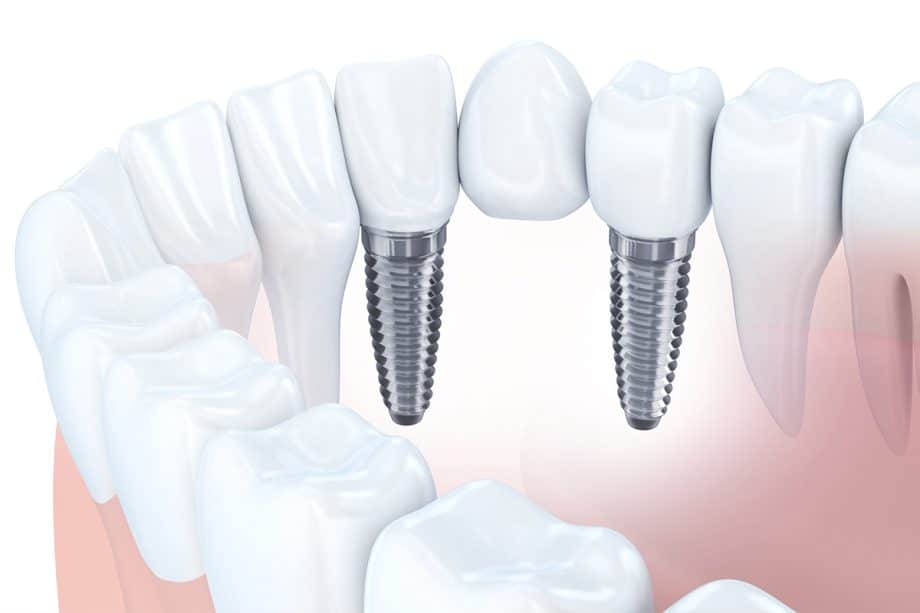If you are considering replacing a missing tooth with a dental bridge, you likely have many questions. One of them might be how long it will take you to get used to a dental bridge. While the answer can be different for everyone, the good news is that it’s a relatively short period of time for most people to get used to having the bridge as a permanent fixture in their mouth.
How Long Does It Take To Get Used To A Dental Bridge?
Think of your dental bridge as new hardware that has been added to your mouth. Of course, it’s going to change the way your entire mouth feels – especially when speaking, drinking, and eating. This is normal but temporary.
After getting a dental bridge, you may notice some tooth sensitivity in the surrounding areas, soreness while chewing, and even a difference in your bite. Although it’s easy to get discouraged, keep in mind that any discomfort you feel will usually resolve within a few days.
It typically takes about two weeks to get used to a dental bridge and for it to feel natural and comfortable in your mouth. However, the timeframe will also depend on the type of bridge you choose, your own body, and how well you take care of your teeth. If, after two weeks, your bridge still feels uncomfortable or loose, be sure to contact your dentist.
Frequently Asked Questions About Dental Bridges
What are the Pros and Cons of a Dental Bridge?
Dental bridges offer faster treatment times than implants or some other treatments, long-term reliability, and an improved appearance. You only need a few dental visits to complete dental bridge treatment, and they can last for over a decade. Some of the significant drawbacks are that they aren’t quite as strong as dental implants and need a more involved treatment than just a partial denture.
Is the Dental Bridge Treatment Process Invasive?
No, the dental bridge placement process is a non-invasive treatment option. On the other hand, dental implants may require a minor dental surgical procedure for the placement of the implants. Whereas, a fixed dental bridge not supported by a dental implant only involves getting the abutment teeth ready, placing the dental crowns, and attaching the dental bridge. There is no surgery, no cutting, and no blood with dental implants.
Learn More About Dental Bridges at Stuart Prosthetic Dentistry
At Stuart Prosthetic Dentistry, we can help maintain and correct your smile. Our providers have many different treatment options we can offer you depending on your goals and your oral health.
Dental bridges, with or without implants, are a common and smart option for replacing missing teeth. If you’d like to learn more about them, get in touch with our office. While it may take a few days or a couple of weeks to get used to your new dental bridge, we are confident it will be worth the discomfort of this adjustment period.
Contact Stuart Prosthetic Dentistry today at 772.286.1606 or online to learn more about our dental bridge process.

